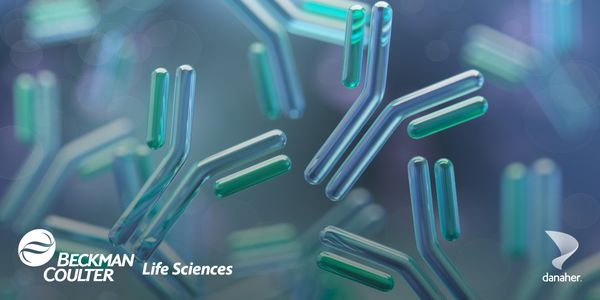Exercise Targeting Neuroplasticity in Parkinson's disease
Parkinson’s disease (PD) is characterized by the loss of dopamine and the disruption of brain circuits (basal ganglia and cortex) that are responsible for normal cognitive and motor performance. Investigations utilizing animal models of PD serve as an important first translational research step for identifying therapeutic targets that can be used to identify and guide novel therapeutic treatments for modifying disease progression in PD. Studies from our lab and others have demonstrated that exercise can improve motor and cognitive function in PD. Using animal models of PD, our lab has also shown evidence of exercise-induced neuroplasticity through modulating dopaminergic and glutamatergic neurotransmission and enhancing basal ganglia synaptic connections. Animal studies in our lab also suggest that the type of exercise performed, e.g. aerobic vs. skill based exercise, may play differential roles on these repair mechanisms. Specifically, using a rodent model of striatal dopamine depletion we have provided the first evidence that skilled exercise compared to simple aerobic exercise increases functional recruitment of prefrontal cortex (PFC), a brain region central to cognition, and in particular executive function. Ongoing studies in our lab investigate the molecular mechanisms that underlie exercise-induced alterations of regional blood flow and neuronal metabolic demand including the transcription factor hypoxia inducible factor HIF-1α. Findings from these studies will elucidate mechanism(s) of exercise-induced neuroplasticity and repair and help guide exercise interventions in PD.
Learning Objectives:
- Define Neuroplasticity and understand it’s potential role in mechanisms of repair of Parkinson’s disease.
- Understand the role that exercise may play in modulating dopamine and glutamate neurotransmission within the basal ganglia.
- Understand the role of exercise on synaptogenesis in animal models of PD.
- Describe different types of exercises that may be beneficial in enhancing cognitive function in PD.






